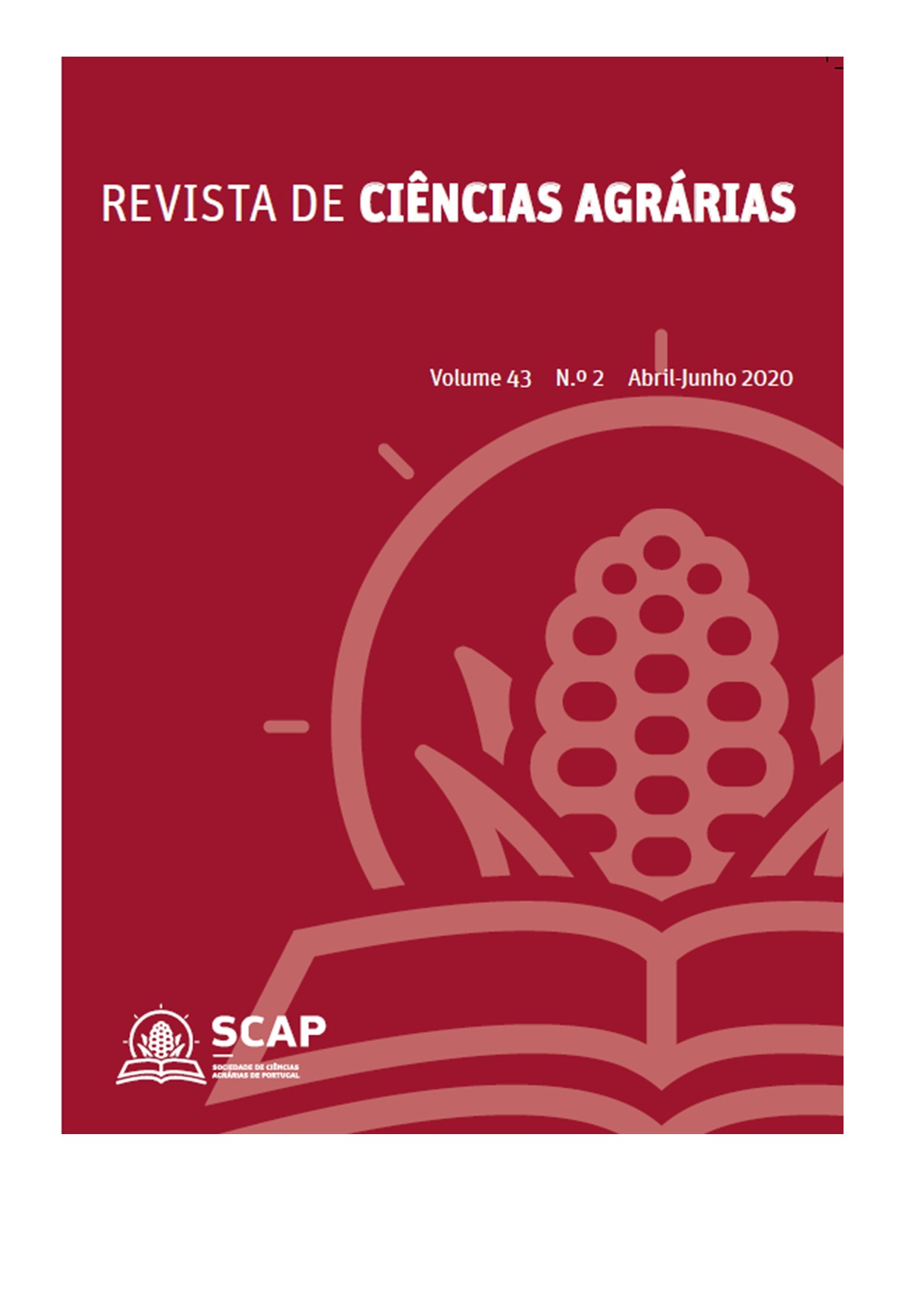Determinação da salinidade e sodicidade do solo por métodos de indução eletromagnética
DOI:
https://doi.org/10.19084/rca.18658Abstract
Salinisation phenomena can lead to degradation of the soil functions. In order to prevent or remediate the excess of soluble salts (salinity) and the dominance of sodium in th soils’ Exchange complex (sodicity), it is essential to monitor the areas at risk. Electromagnetic induction (EMI) methods coupled with inversion algorithms have been used for non-invasive and in-depth soil analysis by measuring the soil electrical conductivity (σ), covering large areas in an efficient and representative manner.
This work was carried out at four case studies in Lezíria Grande of Vila Franca de Xira (Lisbon, Portugal). Soil samples were collected to a depth of 135 cm for laboratory determination of the electrical conductivity of the saturated soil paste extract (ECe), the exchangeable sodium percentage (ESP) and the sodium adsorption ratio (SAR). Simultaneously, σ measurements were made with an EMI device (EM38). Good correlation was obtained between σ and ECe, SAR and ESP. It was possible to correctly classify the soil according to salinity and sodicity in 88.6% of the samples.


